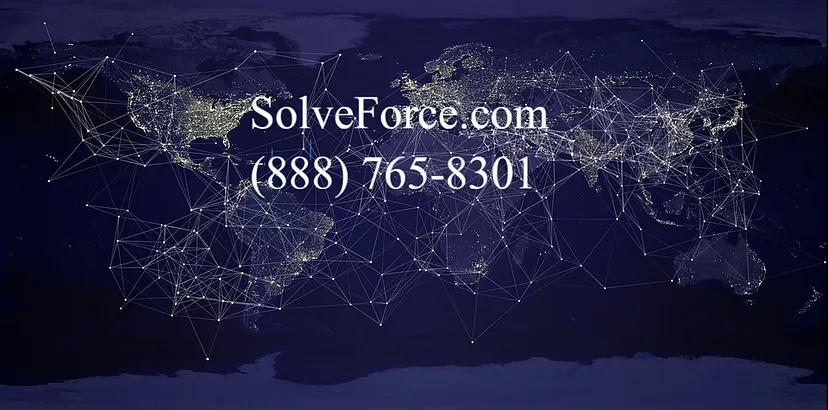
Artificial intelligence (AI) has come a long way since the first computer programs were designed to play chess in the 1950s. AI is a rapidly emerging technology changing how we live and work today. Read on to learn how AI is expected to develop in the next ten years.
Smarter And More Human-Like Interactions
One of the biggest developments in AI is in the area of natural language processing (NLP), which is the ability of computers to understand and process human language. AI will better understand and interpret language during the next ten years, resulting in more human-like interactions.
Why AI will look like this:
NLP technology has advanced significantly, and AI will continue to profit from these advances. AI is increasingly proficient at processing and understanding data, allowing it to understand better and communicate with people. AI developers and academics devote substantial time and resources to enhancing NLP skills.
Increased Automation And Efficiency
AI is already being used to automate many tasks, from customer service to financial analysis. As AI gets more sophisticated over the next decade, you should expect to see even greater automation and efficiency.
Why AI will look like this:
AI can perform certain tasks more quickly and accurately than humans, which makes it an attractive option for automating certain processes. AI will be able to tackle increasingly complicated tasks as it advances, resulting in even higher efficiency advantages. Organizations continually seek ways to save costs and increase efficiency, boosting AI adoption in various industries.
Greater Personalization And Customization
As AI becomes better at understanding and interpreting human behavior and preferences, you can expect to see more personalized and customized products and services. AI-powered personal shopping assistants, for example, can recommend things based on your tastes and previous purchases.
Why AI will look like this:
AI can absorb and interpret massive volumes of data, allowing it to find patterns and preferences that humans may overlook. AI can analyze and interpret consumer behavior in real time, allowing it to personalize customer suggestions and interactions. Personalization and personalization are becoming increasingly crucial to consumers, prompting firms to implement AI-powered solutions.
Advances In Healthcare And Medicine
AI is already being used to generate novel pharmaceuticals and treatments, and you can expect significantly more improvements in healthcare and medicine over the next ten years. AI-powered medical diagnosis tools, for example, will be able to promptly and reliably diagnose diseases, resulting in better patient outcomes.
Why AI will look like this:
AI can analyze and interpret massive amounts of medical data, allowing it to spot patterns and enhance diagnoses and treatments. AI can interpret and analyze medical images and scans faster and more accurately than humans, resulting in quicker and more accurate diagnoses. The healthcare industry is under intense pressure to cut costs while improving results, which will push the adoption of AI-powered solutions.
